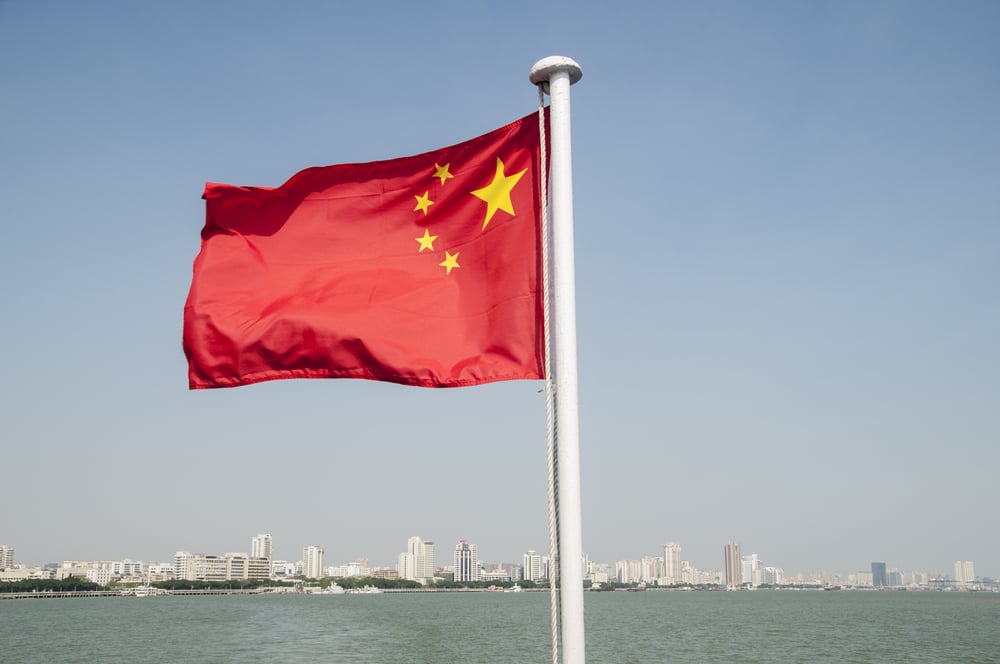Dow Jones Teeters as Economic Woes Weigh on China’s Factories

China's economic problems are resurfacing and it's impacting the Dow. | Source: REUTERS/Brendan McDermid
By CCN.com: The Dow and broader U.S. stock market finished mostly higher on Tuesday, as investors sifted through weaker than expected Chinese manufacturing data that seemed to show a loss of momentum at the start of the second quarter for the world’s second-largest economy.
Dow Pushes North; Nasdaq Plunges
The Dow Jones Industrial Average opened 40 points higher on Tuesday and would go on to trade within a nearly 200-point rage. It would eventually settle up 38.52 points, or 0.2%, at 26,592.91.

The broad S&P 500 Index traded mixed-to-lower for most of the session before clawing higher just before the close. The index settled up 0.1% at 2,945.83, a new record high. Losses were primarily concentrated in the communication services sector, which fell 2.6%.
Plunging communication stocks pulled the Nasdaq Composite Index sharply lower. It fell 0.7% to 8,107.77.
A measure of implied volatility known as the CBOE VIX rose at the start of Tuesday’s session, eventually reaching a high of 14.05 on a scale of 1-100 where 20-25 represents the historic average. VIX pared gains later in the session and remains largely in a holding pattern, which is taken as a sign of complacency or optimism in the stock market.
Trouble in China?

China’s economy defied expectations in the first quarter, as industrial production rose sharply and consumer demand showed signs of recovery. That momentum appears to have slowed considerably in April, according to the latest batch of PMI data.
China’s official manufacturing purchasing managers index weakened to 50.1 in April from 50.5 in March, the National Bureau of Statistics reported Tuesday. Analysts in a median forecast had called for no change. The non-manufacturing PMI, a gauge of service-sector activity, weakened to 54.3 from 54.8 the previous month.
On the PMI scale, 50 separates expansion from contraction.
A slowing China is one of the biggest risk factors facing the world economy. The International Monetary Fund, World Bank and Organization of Economic Cooperation and Development have each cited Chinese headwinds in their downward revisions to global growth. A prolonged trade war with the United States has accelerated the slowdown, based on trade, production and foreign direct investment data.